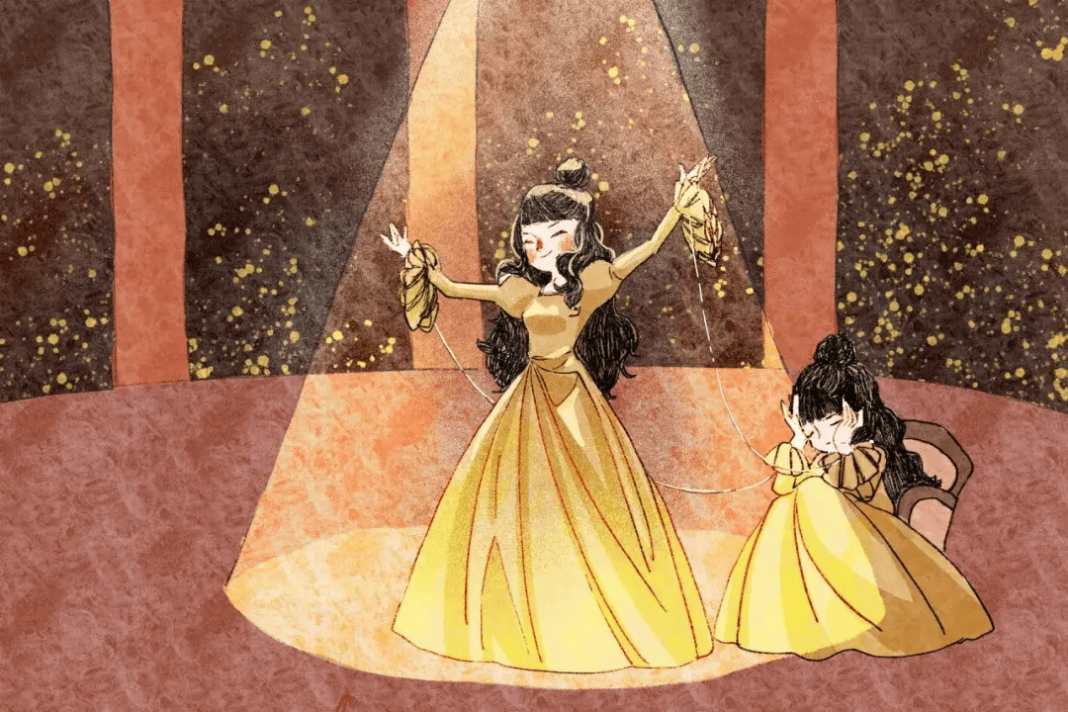Mood disorders, also known as affective disorders, refer to a group of diseases characterized by significant and persistent changes in mood or affect caused by various reasons. These disorders mainly present as alternating periods of elevated or depressed mood, accompanied by corresponding changes in thought and behavior, as well as psychotic symptoms such as hallucinations and delusions.
Most patients have a tendency for recurrent episodes, with each episode often resolving, though some may have residual symptoms or develop into a chronic condition.
Common manifestations of mood disorder patients?
Common symptoms include a low mood, slowed thinking, and reduced willpower, often accompanied by mental fatigue, exhaustion, reduced capacity, and decreased efficiency. Based on different patterns of episodes, they can typically be classified into five categories:
1. Depressive episode
2. Manic episode
3. Mixed episode
4. Cyclothymic disorder
5. Severe mood disorder
What causes mood disorders?
The etiology of mood disorders is not yet clearly defined. Current research suggests that possible mechanisms of onset involve genetic, neurobiochemical, neuroendocrine, neurophysiological, neuroimaging, neurodevelopmental, and psychosocial factors.
The effective treatment methods currently focus on the neurobiochemical abnormalities associated with mood disorders, including neurotransmitter systems such as serotonin, norepinephrine, and dopamine.
How should mood disorders be treated?
Treatment of depressive episodes
1. Pharmacotherapy
Pharmacotherapy is the primary treatment for moderate to severe depressive episodes. The first-line antidepressants currently used in clinical practice include selective serotonin reuptake inhibitors (SSRIs), serotonin-norepinephrine reuptake inhibitors (SNRIs), and norepinephrine and specific serotonin antidepressants (NaSSAs).
For treatment-resistant patients, considering switching to medications with different mechanisms, combining with augmenting agents, or the use of multiple drugs may be appropriate. It is important to note that due to the principles of individualized treatment, adequate treatment duration, and careful attention to drug interactions in combination therapies, patients are advised to take medications under a doctor’s guidance.
2. Psychotherapy
For depressive episode patients with significant psychosocial factors, concurrent psychotherapy is often needed alongside pharmacotherapy. Commonly used psychotherapy methods include supportive psychotherapy, cognitive behavioral therapy, interpersonal therapy, marriage and family therapy, and psychodynamic therapy. Among these, the efficacy of cognitive behavioral therapy for depressive episodes has been well established.
3. Physical therapy
Patients with severe suicidal tendencies or those for whom antidepressants prove ineffective may undergo modified electroconvulsive therapy (MECT) treatment, followed by maintenance medication. In recent years, repetitive transcranial magnetic stimulation (rTMS) has emerged as a treatment mainly suitable for mild to moderate depressive episodes.
Treatment of manic and mixed episodes
Treatment for manic and mixed episodes primarily includes pharmacotherapy and modified electroconvulsive therapy. The main therapeutic medications are mood stabilizers such as lithium carbonate and antiepileptic drugs (e.g., valproate, lamotrigine). It is important to carefully control the dose when using lithium due to…


